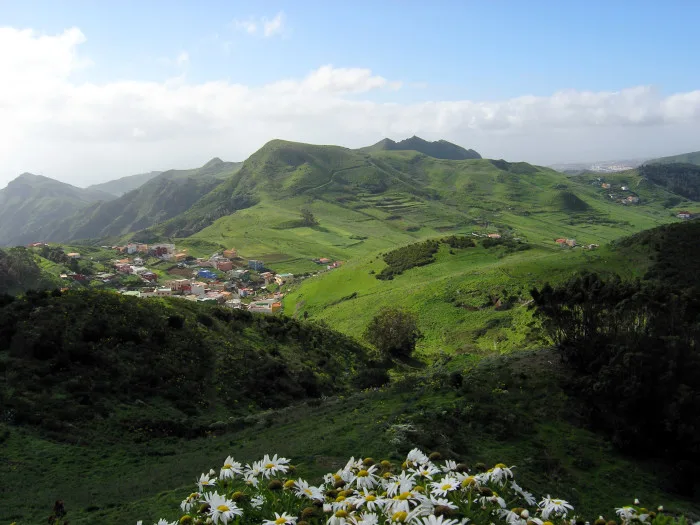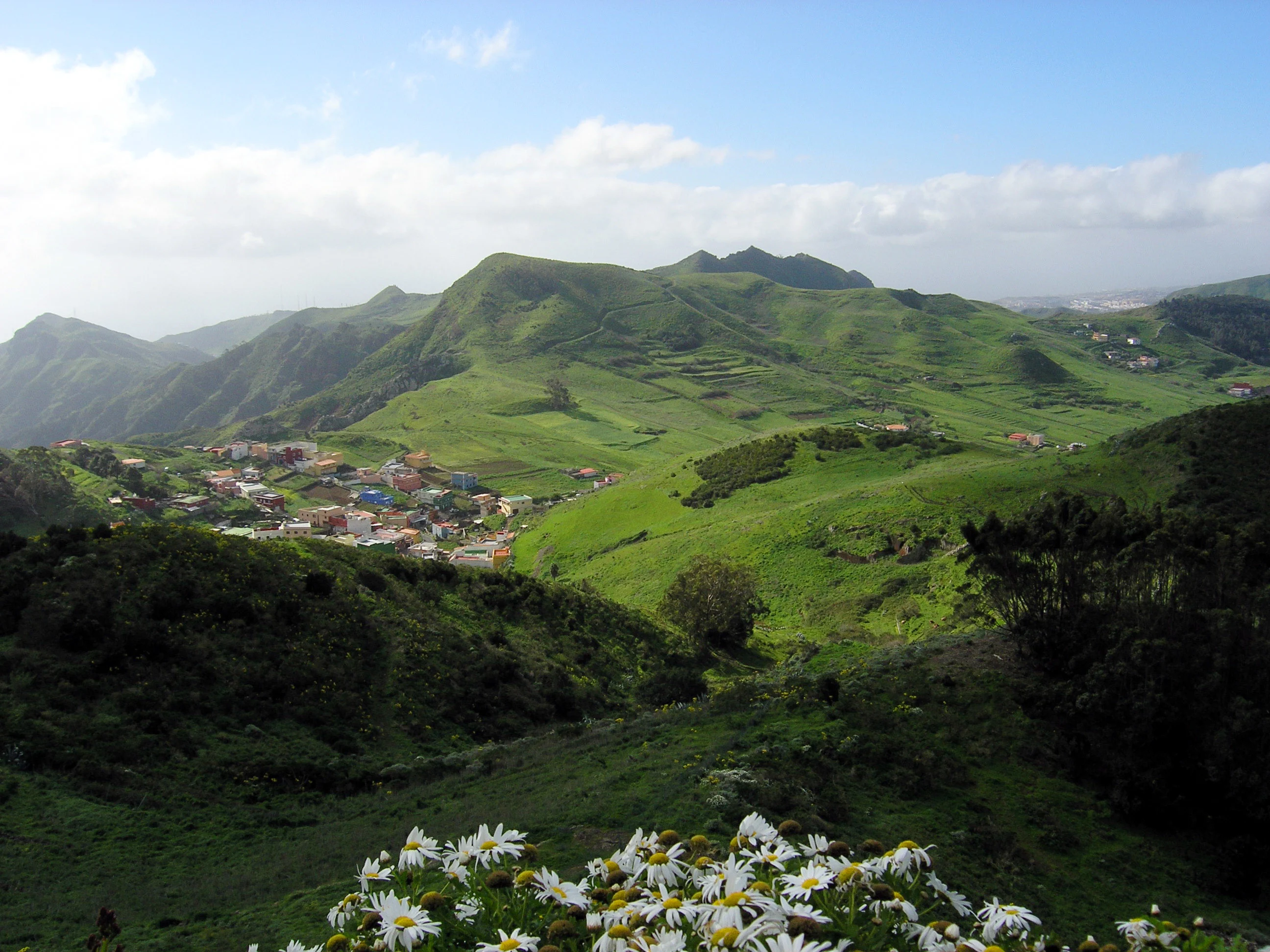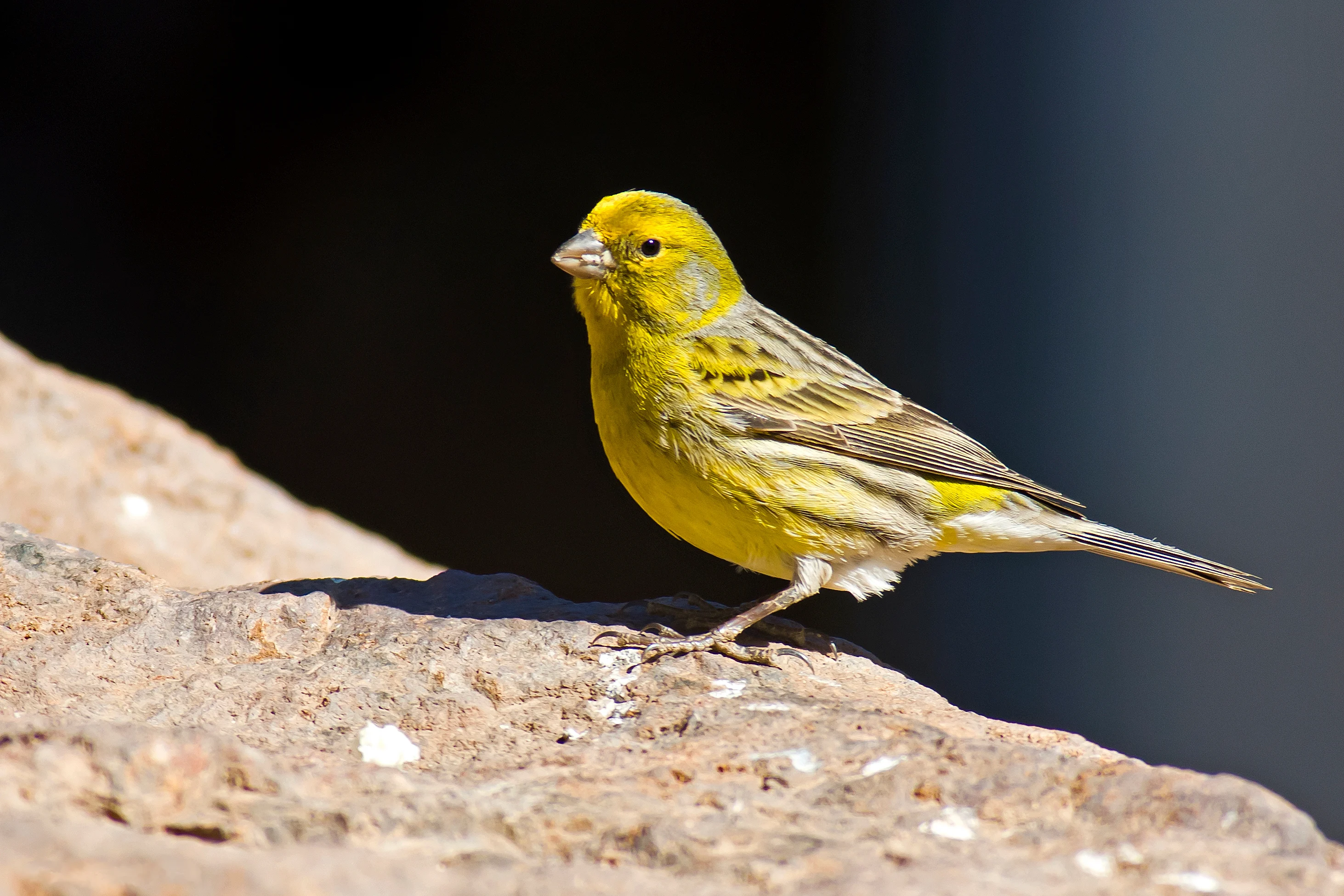
Take a photo tour of the Canary Islands, a region shaped by volcanoes
There's a lot to see in the Canary Islands.
Spain's Canary Islands is a popular tourist destination, thanks to an agreeable climate and distinct characteristics.
Much of this can be owed to volcanic eruptions that occurred over millions of years and are still happening today. The last land-based eruption in the islands was in 1971, and an underwater eruption took place in 2012.
One of those volcanoes, Mount Teide, boasts an impressive height of 7,500 metres, making it the third-tallest volcano on the planet.

Teide and Canadas del Teide from Caldera Rim / Tenerife, Spain (Ingo Mehling/Wikipedia CC BY-SA 4.0)
Numerous eruptions have helped furnish the islands with rich soil that supports various types of vegetation, making it one of the most biodiverseareas in the world.
The archipelago hosts eight main islands and is home to an agreeable climate, featuring sea winds that blow in from the north and then become obstructed by mountains, leaving the south side mild and sunny year-round.

Santa Cruz, La Palma. (Bengt Nyman/Wikipedia CC BY 2.0)

Tenerife's Anaga massif. (Jens Steckert/Wikipedia CC BY-SA 3.0)
The Canaries are also home to several 'microclimates' - specific weather conditions that occur in only certain areas due to the terrain or elevation, separate from climate conditions in nearby locales. The climate is also influenced by north-south winds, called alisios.
In the north, moisture is absorbed by vegetation on higher elevations. Plants condense moisture, creating a localized phenomenon called "horizontal rain."
The economy is largely dependant on tourism, with upwards of 10 million people visiting annually. While this has put stress on some areas and natural resources, government officials have taken steps to preserve natural habitats and protect wildlife. Initiatives include the re-introduction of El Hierro, a giant lizard, and conservation of endemic birds, the WWF says.

The serinus canaria is one of many birds that can be found in the Canary Islands. (Juan Emilio/Wikipedia CC BY-SA 2.0)











